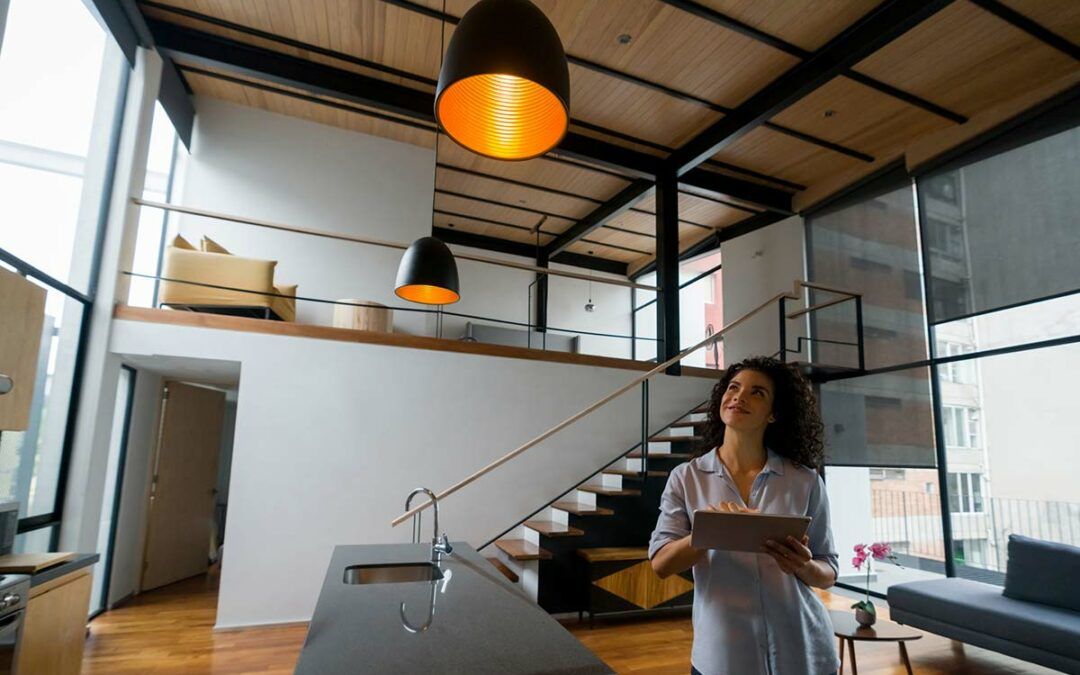Video analytics, leveraging artificial intelligence (AI), is the latest evolution in smart home technology, taking home security to the next level. The clever thing about video analytics is being able to identify important activity that is unique to individual households by using AI capabilities embedded into the computer vision of ADT’s indoor and outdoor cameras. Video analytics identifies movement from sources such as people, vehicles and animals, and alerts the user based on programmed preferences via push notifications or email. Notifications alert the user when their cameras detect movement they care about, such as a car entering a driveway during the day, a person entering their property, or an animal roaming around the backyard.
Video analytics produces a recorded clip of the activity, which can also be viewed by the user in real-time using the camera’s live streaming capabilities. The video analytic capabilities can be useful for numerous scenarios such as:
- monitoring vehicles entering the driveway at specific times of the day
- being notified when a delivery person has left a package at the front door
- checking the kids have arrived home safely from school at designated times
- making sure dogs are safely enclosed in the backyard when the home is unoccupied
- or identifying tradesmen that are working at the property.
How does video analytics work?
ADT’s cameras feature sophisticated AI sensors that can be programmed using ground zones and trip wires that capture specific footage tailored to individual needs and preferences. These features allow users to monitor any activity inside and outside the home, which means when a vehicle, person or pet enters a designated area, or crosses over a pre-set line, the system will detect movement and notify the user immediately.
For example, ground zones allow the homeowner to map out and monitor a designated zone inside or outside the house. This feature is useful for identifying if someone is loitering around the front yard, a vehicle has pulled up outside the home, or the dog is pacing around the backdoor waiting to go outside.
Trip wire rules are more linear as they are set to monitor a specific pathway in the camera’s line of sight. If something crosses that line, the camera will simultaneously start recording and send a notification to the user via the app. Trip wires identify when an object passes a particular point, such as a person stepping onto the front porch, a car pulling into the garage, the pet dog sneaking into a forbidden room, or someone passing through a gate or passageway.
Setting rules for video analytics
For an additional level of control, each camera can be set to record up to three different rules to optimise security. These rules can be customised to support specific security concerns or lifestyles such as lighting up a front pathway when returning home at night, synchronising lights from the driveway to the front door as soon as a car pulls into the driveway, or using automatic lights to startle an intruder or deter animals from digging up a garden bed.
Video analytics also benefit frequent travellers, or those who are often away from their home, by setting up a video recording schedule to capture important activities in and around the home while away, which can be paused after returning home. This allows users to easily catch up on any activity they’ve missed with a searchable library of recorded video clips.
ADT Security’s systems offer a comprehensive and flexible solution that comes with 24/7 back to base monitoring. This provides the homeowner with complete peace of mind knowing someone is always watching over their home, even when they can’t be there.
For more information about our home security technology including video analytics, visit our website www.adtsecurity.co.nz or call us on 0800 111 238 for further advice from our team of licensed professionals.




